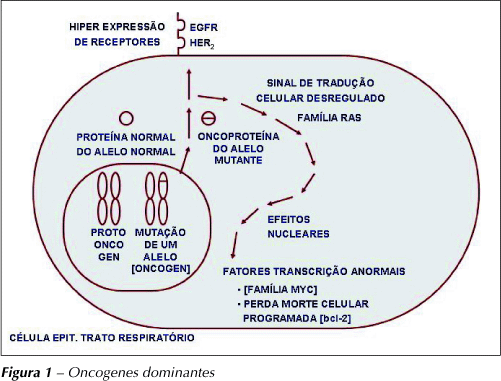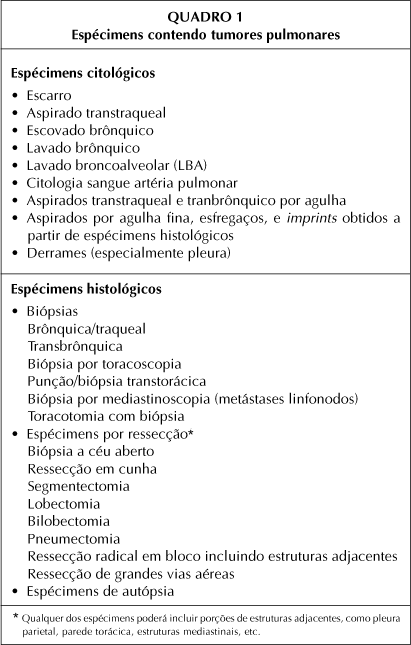The lung is source to a large number of cytological and histologic specimens. Pathologists should diagnose these specimens and then participate in the clinical and pathologic staging of the tumor. The first priority of pathologists when evaluating a lung tumor with specific histologic diagnosis can usually be accomplished with routine cytological or histologic preparations. These may be supplemented as necessary with ancillary histochemical or immunohistochemical studies. If adequate diagnostic tissue is available, special studies such as electron microscopy, frozen section immunostaining, cytogenetics, and molecular studies can be performed. In the case of small specimens, all tissue should be routinely processed; if a diagnosis cannot be rendered, subsequent biopsies can be prospectively triaged for the necessary and appropriate special studies. This is typical in cases of malignant lymphoma, in which biopsy specimens may be too small for definitive diagnosis without the aid of immunophenotype studies. The pathologic staging of a primary lung tumor is contingent on appropriate gross and microscopic examination of resection specimens. Standardized and unified staging schemes are necessary for comparative and collaborative studies of lung tumors. The following approach can be applied to segmentectomy, lobectomy, pneumectomy, en bloc resections, and tracheal or bronchial sleeve resections.
Pathologic report; Technical procedures; Biologic tumor markers; Lung cancer; Pathologic staging; Lung neoplasms; Evolution; Diagnosis; Neoplasm stages; Biopsy






